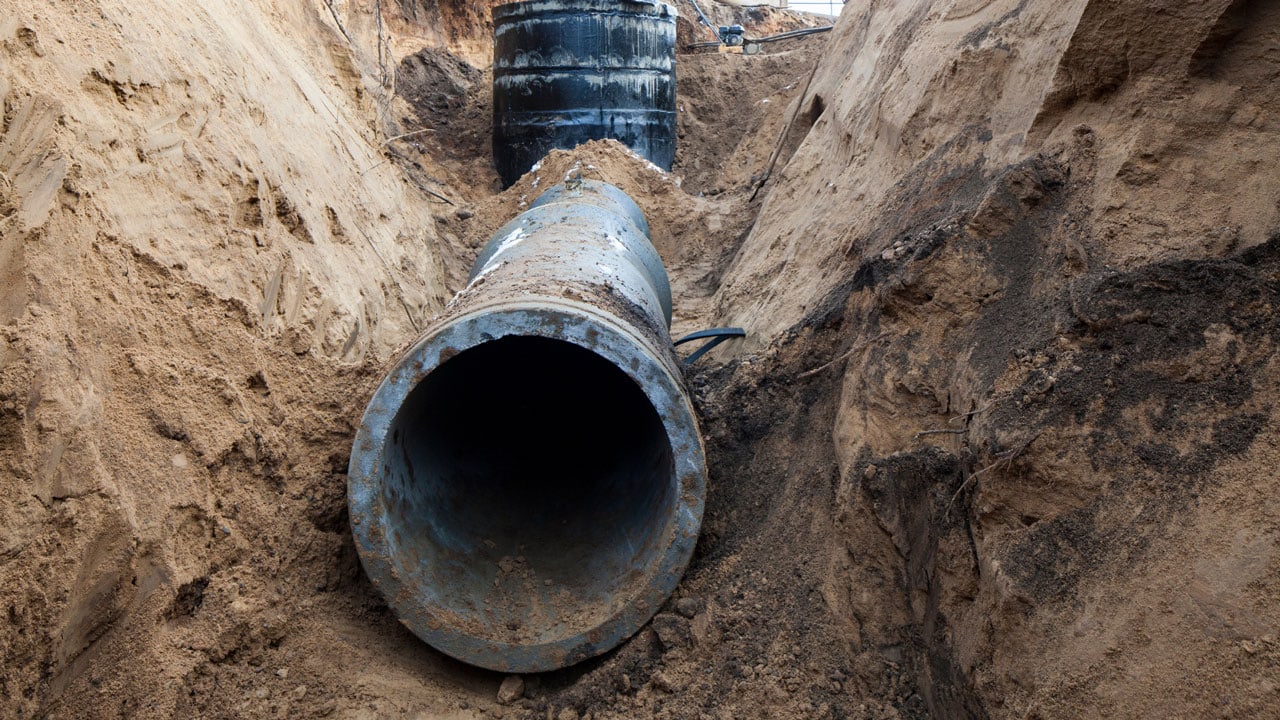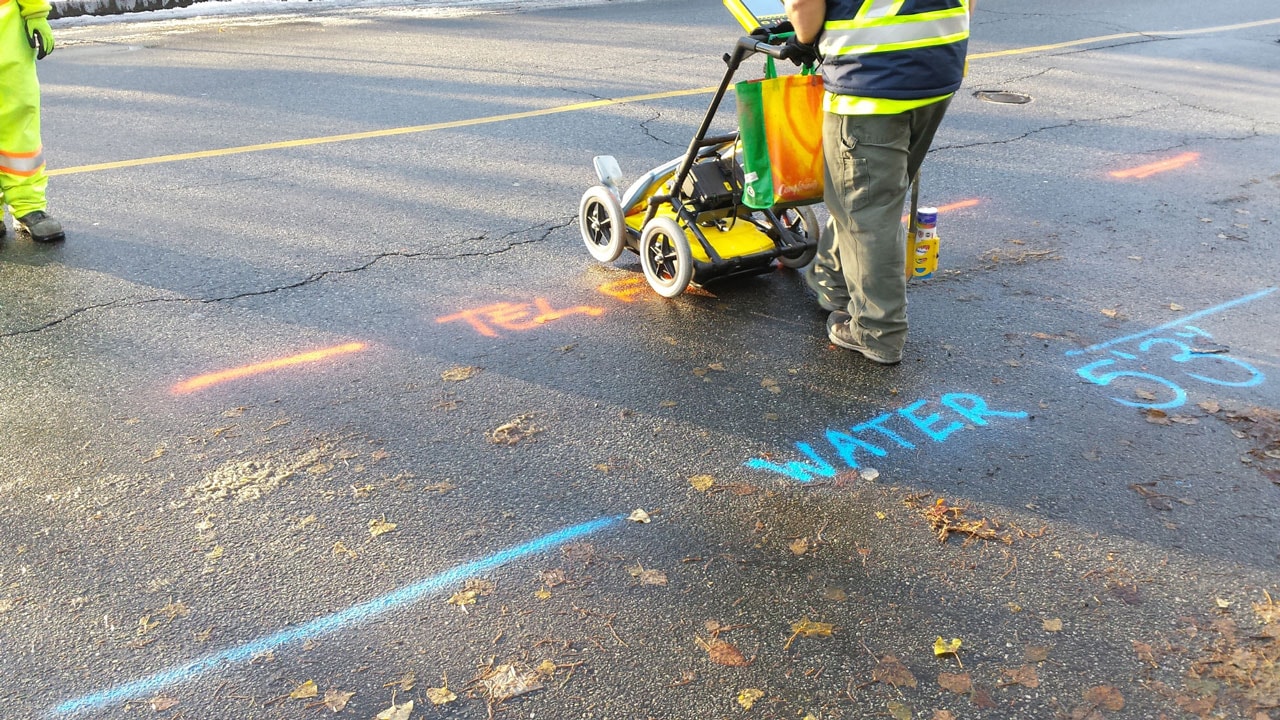Having a damaged pipe can result in a myriad of terrible inconveniences and CCTV pipe inspection is a fantastic means to utilize technology to get to the root of every problem.
If the problem lies in the sewer pipe, this could cause nearby areas to clog and produce a foul odor. Drainage systems that are not working correctly could cause temporary flooding that damages nearby property and poses a potential danger to nearby people.
What is a Pipe Inspection?
The process of inspecting a pipe is done to locate faults and damages that may affect the overall quality and efficiency of a pipe. These damages can be caused by a number of issues that include:
- Roots from nearby trees and plants
- Cracks
- Corrosion
- Wear and tear that has caused damage over time
- Blockage
- Damage due to natural disasters
There is a range of other potential damages that may have occurred. Internal inspection is often needed to understand what is causing the pipe to fail and what the next best actions are.
There are many methods of inspection, but none prove as useful and effective as CCTV pipe inspection.
Benefits of a Pipe Inspection
Inspecting a possibly severely damaged pipe is essential in solving the problems that it may cause. In some serious cases, prolonged damage can cause a range of negative side effects such as extreme health risks and damage to property.
The pipe inspection process is often a quick and easy one that provides the information necessary to handle the problem at large.
How are CCTV Cameras Used?
Technology is a wonderful tool in our modern world. When inspecting a pipe, small CCTV cameras are used to check the condition of the pipe. These cameras are often inserted into manholes, utility holes, and entry points as they scan the pipe’s quality and health.
The footage is then relayed back to the operator who can adjust the camera further to check on the full extent of the damage.
What is the Footage For?
The footage is gathered as a good means of accurate mapping information. This information allows the homeowner, utility repair company, and any other services that may need the footage, to accurately identify the cause of damage.
This is done by closely analyzing the video frames that have been recorded via the camera. When this cause is identified, an effective solution can be created. Without this information, it is difficult to understand what work is needed and what form of damage the underground sewer pipe faces.
Hire the Right Team to Conduct a CCTV Pipe Inspection
Getting the right team for the job is essential. Util-Locate is a specialist in underground utility locating, sewer damage detection, and CCTV pipe inspection.
By utilizing state-of-the-art technology, our team is able to provide a service that truly gives you the tools and information you need in order to effectively and efficiently conduct various tasks.
Partnering with an industry leader means that the service is always quality-assured and accurate. If you think that your pipes may need an inspection, get in touch with us and have our professional team inspect them and get down to the root of every problem.
Contact us at 888-885-6228 at Util-Locate today!


